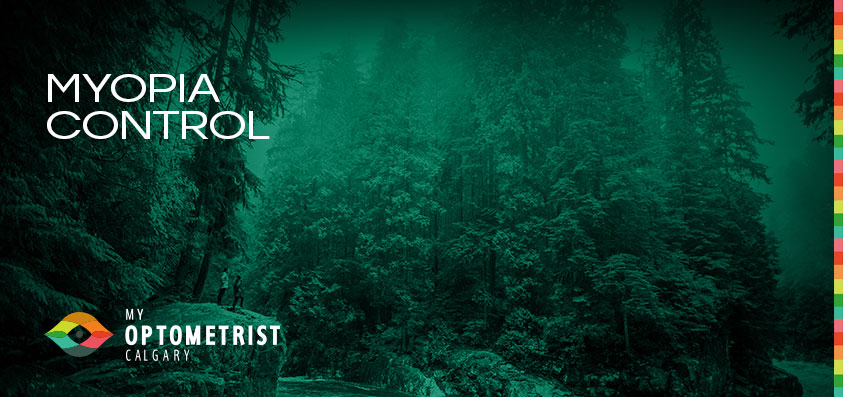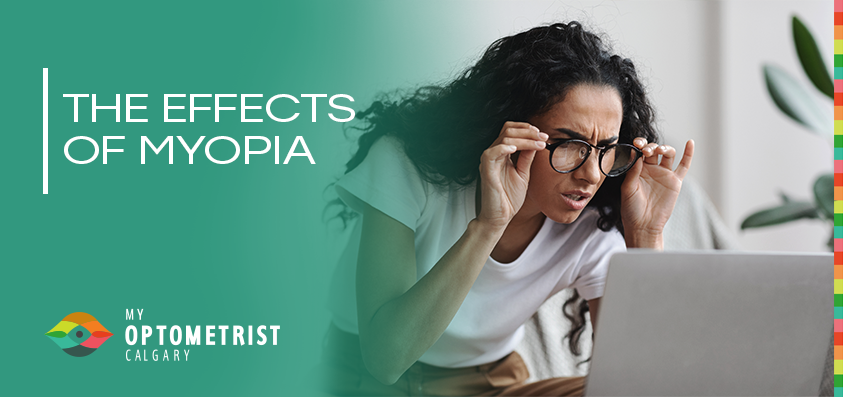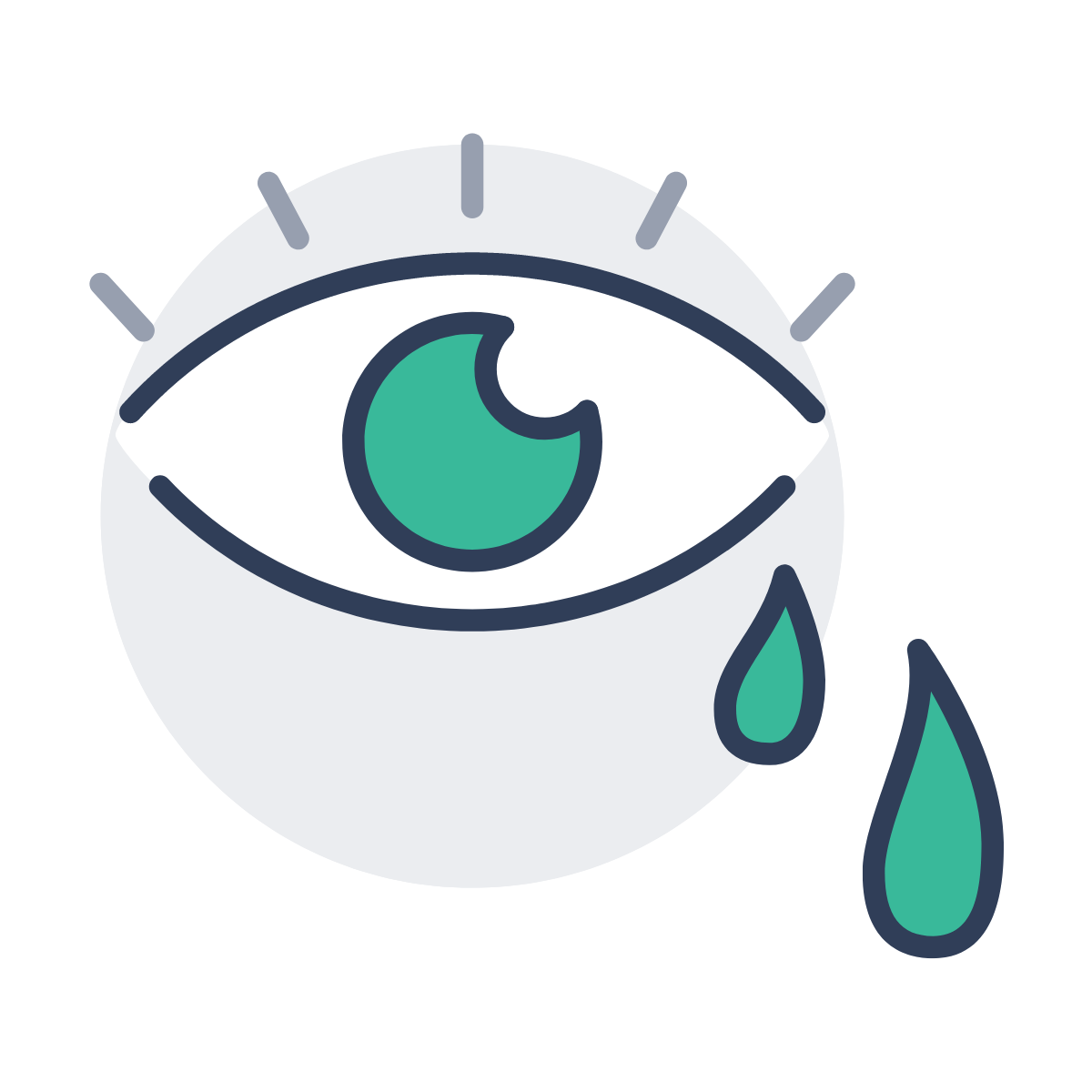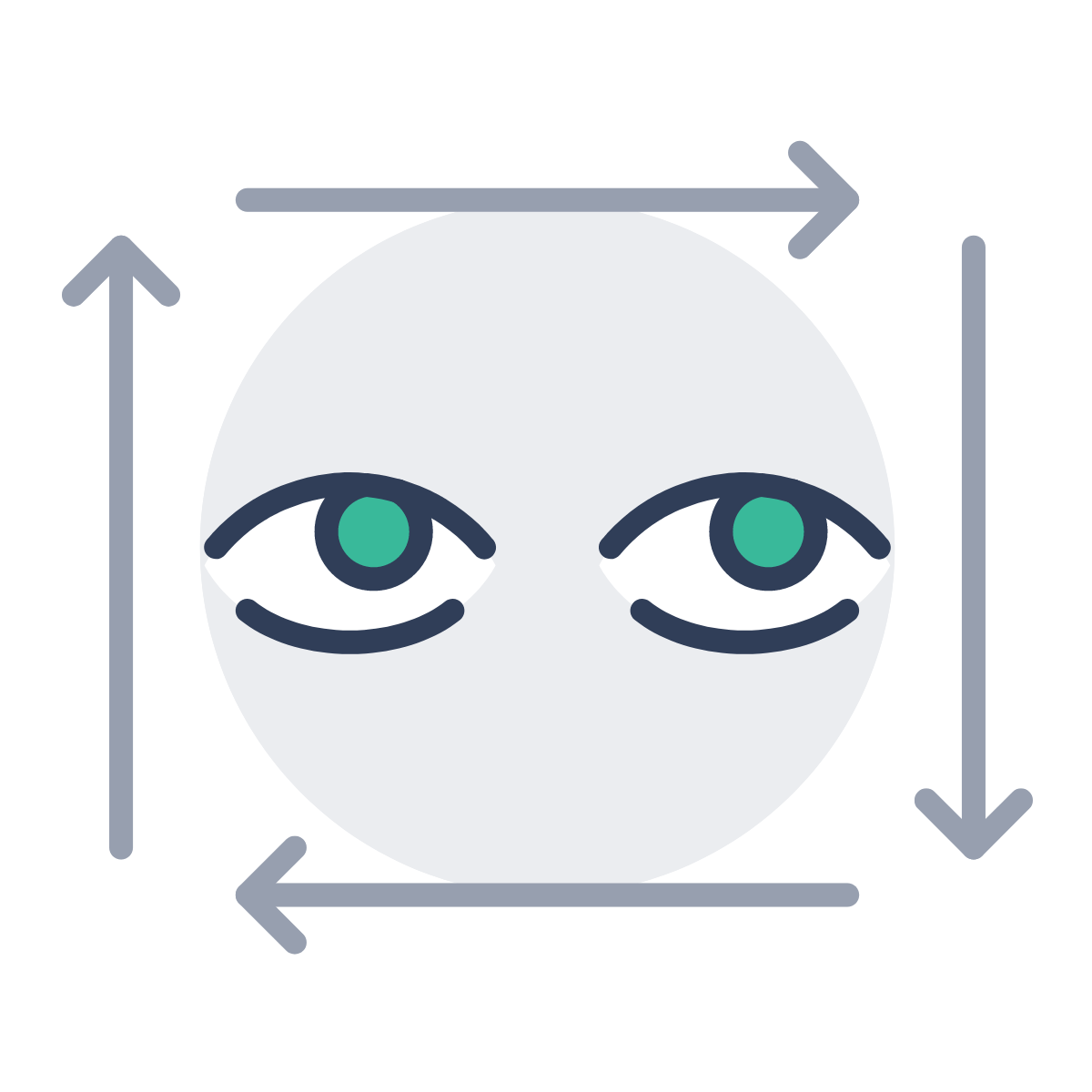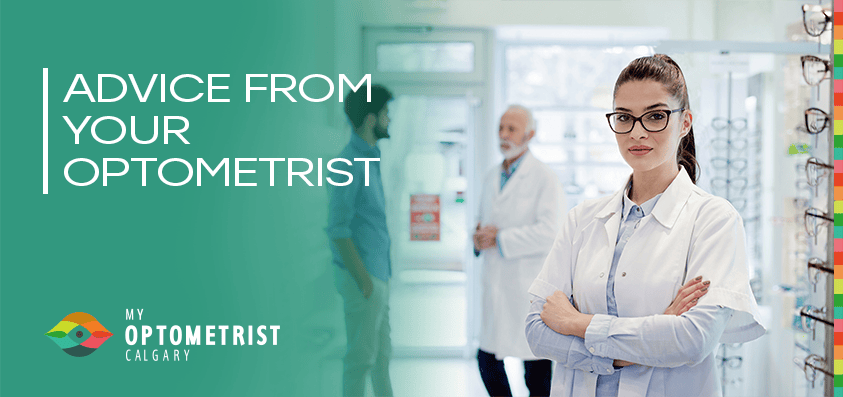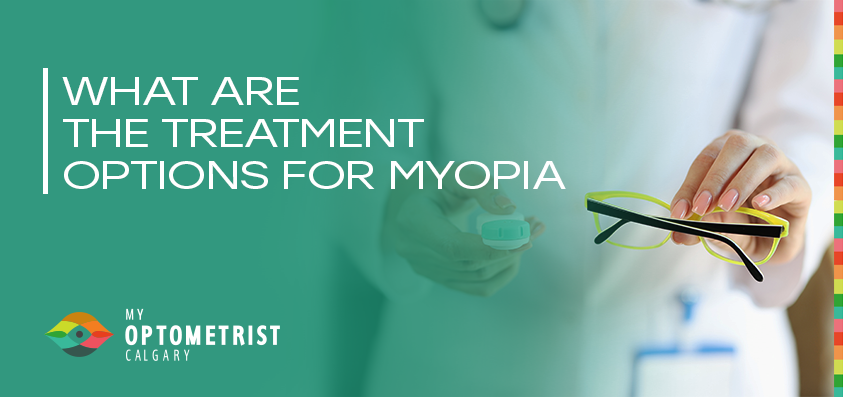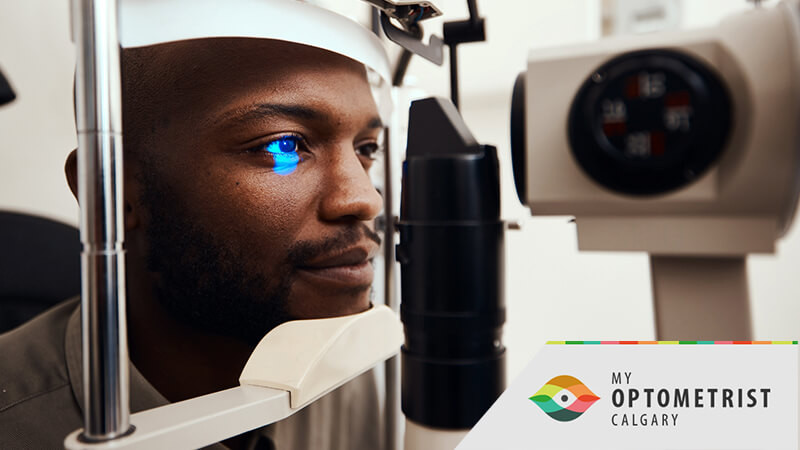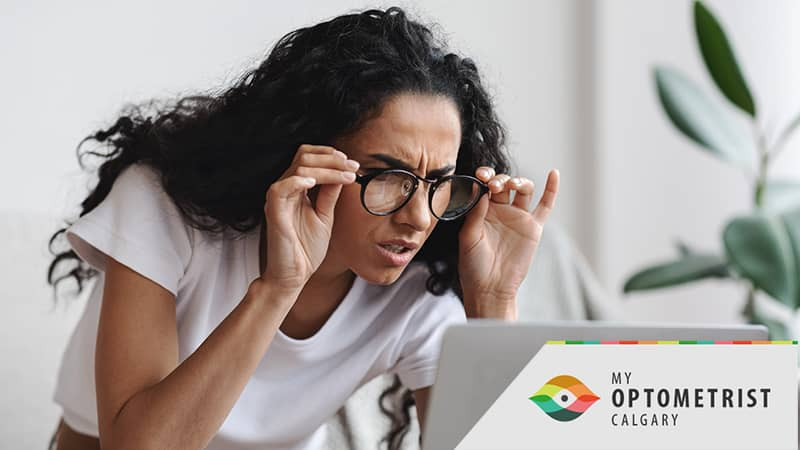Put Digital Devices Away
There are so many screens in our kids' lives today (iPads, computers, cellphones) and a lot of these involve near work. It is unrealistic to ask kids to stop using these tools completely, but try to limit their usage throughout the day so there is more balance with outdoor time and activities that involve distance-vision (ie. looking at things more than 6m away).
Choose The Correct Viewing Distance
Avoid holding reading materials close to your eyes. Hold near-work activities further away to limit eye strain. Optimal “near range” (the distance that is most natural and comfortable for near work) can be measured with your own forearm. If you put your fist at your chin, the distance to the end of your elbow is an appropriate near position. Position your computer at a distance equal to the length of your arm from your shoulder to your wrist or finger tips.
Follow The 20-20-20 Rule
Give your eyes frequent breaks by following the 20-20-20 rule. Every 20 minutes, look at something 20 feet away, for 20 seconds. By following the 20-20-20 rule, you give your eyes a chance to relax and refocus on something in the distance. Prolonged near work (including screen time) is associated with an increased risk of myopia development. This practice can also help alleviate other symptoms associated with prolonged screen use, such as headaches and neck or shoulder pain.
Get Outside
Kids spend a lot of time indoors, especially during the winter months, so it is important ensure your kids spend at least 1-2 hours outside each day. This is important because they are more likely to be engaged in distance-vision activities when they are outside, which places less strenuous near-vision demands on growing, young eyes. It is also believed that dopamine release and Vitamin D from sunlight exposure also plays a role in slowing myopia progression. Spending time outside reduces the chance of developing myopia, but does not necessarily slow the progression once a child has already developed myopia, so outdoor time is important for even very young kids. Don’t forget your sunglasses!
